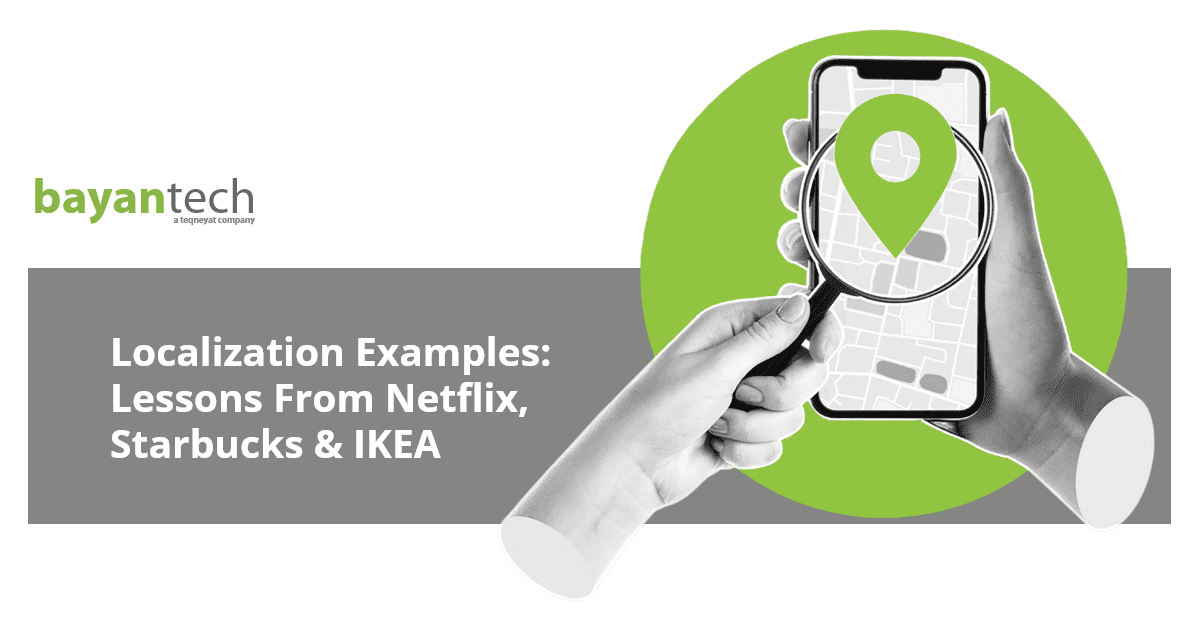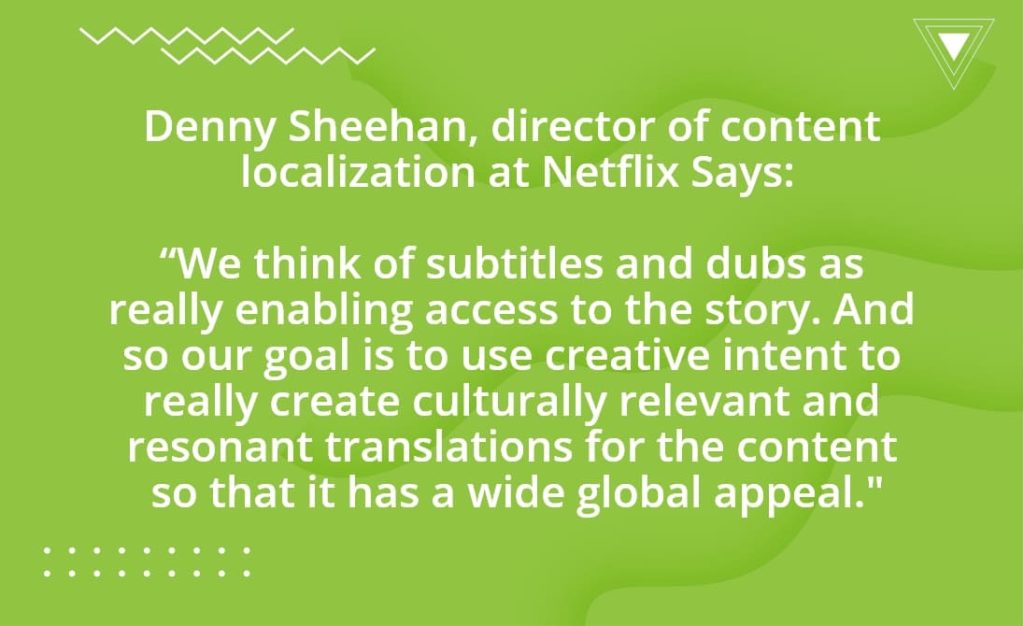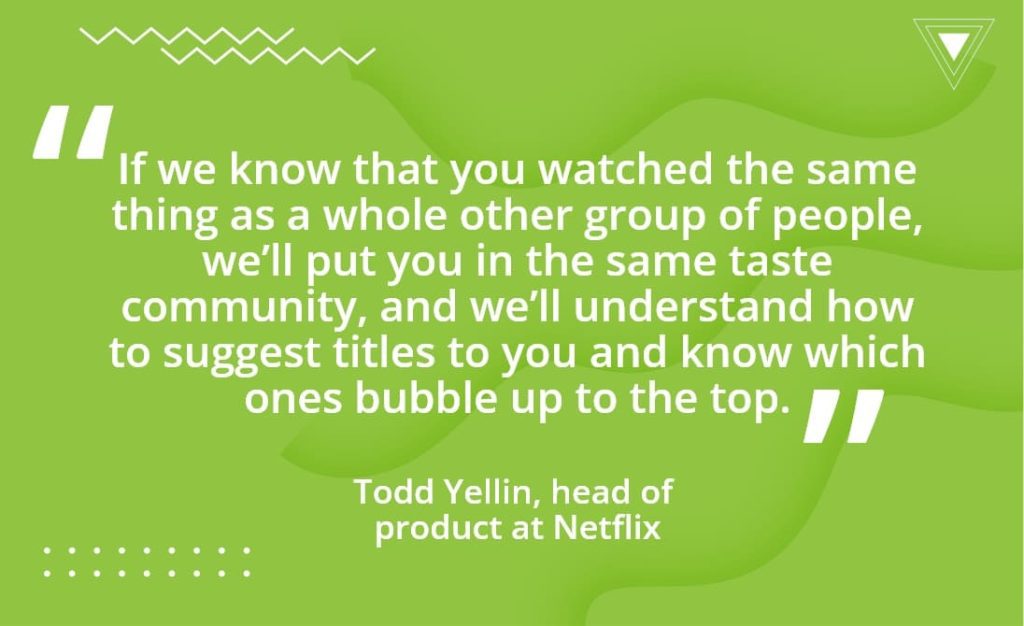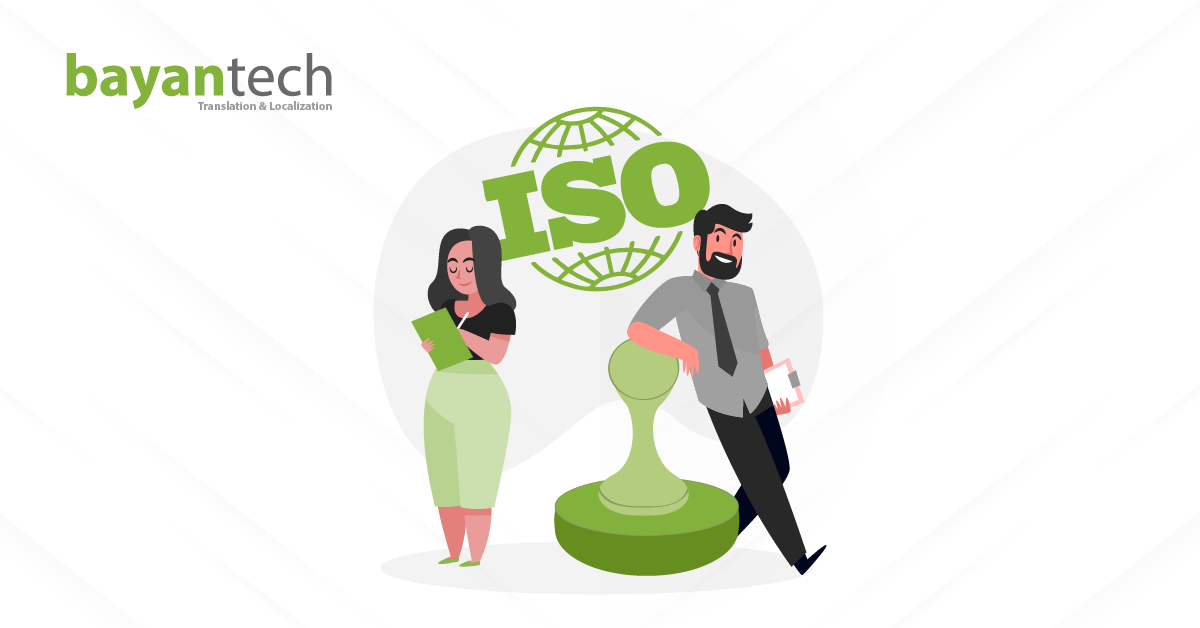Are you looking to expand your business reach and capture the hearts (and wallets) of new target audiences?
Then, localization should be your next step. Here is what the data says: 84% of international marketers believe localization has a positive impact on their business’ revenue growth.
However, localization is not a simple task; it requires careful planning and a well-thought-out strategy. Mistranslations and cultural faux pas can turn off potential customers and leave you scrambling to repair the damage.
Today, we’ll explore 5 localization examples of companies that have successfully adapted to local cultures and connected with their target audiences on a deep level.
So, read on to learn how global giants made it big by going local!
What Is Localization? And Why Does It Matter?
Although localization and translation are most often used interchangeably, they are totally different approaches.
Localization is adapting your brand’s content, products, and the experience you offer to meet the needs and preferences of target markets. This means localization is not just about translating your content; it’s about tailoring content and personalizing the customer experience to cater to the expectations of diverse audiences.
As such, at the heart of effective localization is a deep understanding of your local customers. What are their pain points? How do they prefer to be addressed? What are their expectations?
The answer to these questions will help you create an experience that strikes a chord with your target audience and grants you long-term success.
Localization Examples: How Netflix, Starbucks, & IKEA Get It Right
Let’s explore 5 localization examples that have been a success for these global brands.
Localization Example #1: Localizing the Customer Experience Online and Offline
Starbucks’ strategy in Japan is a great example of localization for many reasons.
- Starbucks adapted its website and the entire user experience to the preferences of its Japanese customer base. A quick comparison of the US and Japanese websites reveals solid differences in the design and colors. The Japanese user interface is less minimalistic and packed with various icons and colors. These choices are intentional and made to reflect Japanese users’ preferences.
However, Starbucks’ localization efforts did not stop there.
- Like many global Food and Beverage companies, Starbucks also localized its product offerings to satisfy local taste buds. When you visit Japan, you can indulge in unique Starbucks drinks and desserts that are exclusively available there, such as Yuzu Citrus Tea and Mocchiri Balls, among many others.
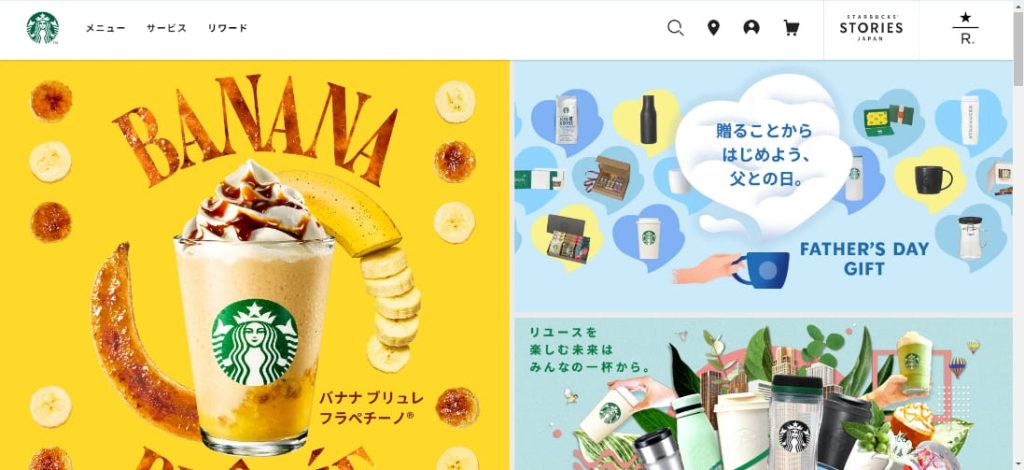

Localization Example #2: Blending in with the Local Atmosphere
Starbucks’ localization strategy also goes beyond its digital presence. The brand took the customer experience to a whole new level by tailoring its store designs to match the charming Japanese architecture.
For example, Kyoto is known for its traditional wooden storefronts and low-lying rooftops. To respect and blend in with the traditional Japanese neighborhoods, Starbucks has collaborated with the city council to adapt its store design.
Starbucks ditched its signature green logo and large white letters. And instead, the company opted for a more subdued design to blend with the surrounding architecture in Kyoto and across several branches in Japan.
This move showcases Starbucks’ respect for the Japanese market’s traditions and local regulations.

Localization Example #3: Prioritizing Translation and Adaptation
Netflix, the popular video streaming platform, has experienced remarkable growth over the past decade with more than 269 million subscribers worldwide. A huge key player in Netflix’s success is its international strategy which makes it a remarkable localization example.
For Netflix localization and translation are not an afterthought; they’re essential at each stage, from production to marketing campaigns. To ensure its content is accessible and enjoyable for local viewers, Netflix prioritizes adding high-quality subtitles that take cultural sensitivities into account.
What’s more, Netflix invests in producing regional shows and movies each year. These productions are written, produced, and directed by local talents. This helps Netflix produce a final product that easily resonates with the locals.
Localization Example #4: Adopting Hyper-Personalization
Another localization example of Netflix is its personalization approach. Netflix does not only adapt subtitles and content to each target audience, they also personalize the entire interface for each single user.
So, even within the same market, users can enjoy a custom-made experience where visual elements and recommendations are carefully curated to match their preferences. Rather than simply categorizing international users by market, Netflix groups users into “taste communities” based on their shared interests and favorite genres.
This strategy ensures that every aspect of the experience, right down to the movie posters, is personalized according to the user’s viewing history and preferences. Netflix considers your favorite genres and the actors you frequently watch and then crafts an interface that pays attention to each little detail.
This way, they can make recommended titles more appealing and closely aligned with each viewer’s individual taste to create truly personalized experiences.


Localization Example #5: Refining the Business Strategy to Fit Local Customs
IKEA is known for its consistent and standardized customer experience. Whether you find yourself in Sweden or Hong Kong, you get to enjoy the same IKEA atmosphere and savor their Swedish meatballs.
However, despite IKEA’s success in creating a universal brand experience, the company tweaked its strategy when expanding into culturally different regions like China and Japan.
Here’s how IKEA nailed localization in these local markets:
- In China, IKEA discovered that its self-assembly furniture model doesn’t appeal to Chinese consumers. Therefore, the company partnered with local furniture assembly services to meet customer expectations.
- In addition to its internationally popular food options, IKEA stores in China expanded their offerings by adding local dishes like dim sum to satisfy local tastes.
- After initially struggling to gain a strong foothold in the Japanese market, the company changed its designs to match Japanese standards. IKEA introduced smaller-scale furniture that could easily fit into compact Japanese apartments.
- Additionally, similar to its approach in China, IKEA started offering additional assembly services to Japanese customers after discovering that they prioritize convenience.
Key Takeaway: 5 Tips for Successful Localization
Let’s recap what we’ve learned from these powerful localization examples in 5 simple steps!
1. Study Your Target Customers
Before entering new foreign markets, take the time to really understand the people you’ll be serving. What do they care about? What kind of language and tone do they respond to? The more you know about your target customers, the better you can tailor your localization to meet their needs.
2. Pay Attention to Cultural Differences
Culture plays a huge role in how people perceive and interact with brands. In other words, what works in one country might be ineffective (or worse, offensive) in another.
So, make sure you’re aware of subtle nuances like humor, symbolism, and cultural references before kicking off localization to avoid cultural faux pas.
3. Frequently Test and Improve
You must understand localization is an ongoing process, not a one-and-done deal. As you roll out localized products and content, keep a close eye on how they’re performing.
Gather feedback from customers, track metrics like engagement and conversion rates, and use that data to continuously improve your strategy. Most importantly, don’t be afraid to tweak and experiment until you find what works best for each market.
4. Integrate Localization Tools into Your Workflow
Localization can be a complex process, but investing in the right tools can make it easier and less overwhelming. So, consider integrating tools like Translation Management Systems (TMS) and translation memory to simplify your translation workflow.
These tools can help you manage translations in multiple languages, automate processes, and ensure consistency across localized content. And if you lack the capacity to invest in these tools in the meantime, you can work with a localization agency that uses these translation tools.
5. Partner up with Localization Experts
Speaking of localization agencies, here is one thing you should know. Professional localization companies have the experience, tools, and processes in place to efficiently manage your localization projects, from initial translation to final quality assurance.
They can help you develop a localization strategy and deliver accurate and consistent translations that align with your brand voice. So, working with one is a smart choice. You should opt for a localization partner with the resources, tools, and years of experience to help guide your brand offshore.
Get Localization Right the First Time with bayantech Localization Services
bayantech is a leading provider of translation and localization services in more than 185 languages. With two decades of experience serving regional and international brands across various industries, bayantech has successfully become a trusted localization partner.
Our commitment to quality is evident through our ISO-certified quality management systems, which ensure that we consistently deliver the highest quality translations with speed, accuracy, and efficiency. bayantech can match you with professional linguists experienced in any language pair you’re looking for.

